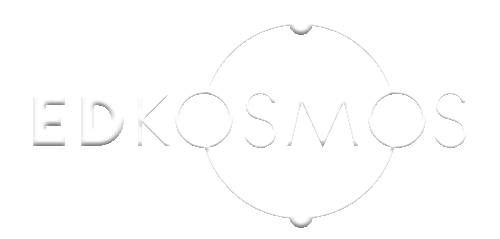Massage offers so many healing properties; it can help with stress reduction, increase range of motion, improve sleep, and much more. Wouldn?t it be fulfilling to have such a positive effect on others, while making a decent living doing something that you genuinely enjoy?
As a Massage Therapist, you would assess a person?s body and use different techniques to manipulate their muscles through pressure, kneading, and other types of touch. Massage Therapists have to be skilled at communicating with their clients, taking note of any injuries or sensitivities that they may have. You must also have good endurance, as the job is physical. But don?t worry, your strength will increase, and you can learn techniques to help protect your own body.
The best way to see if Oxford College is the right fit for you is to come in and visit the school. You can tour our facilities, and meet with both students and instructors. Schedule a Tour Now or .Become Qualified in Massage Therapy
As a Massage Therapist, you will assess soft tissues and joints of the body for treatment and prevention of dysfunction, injury, pain, and physical disorders. You will develop specialized knowledge and hands-on training to assist patients with relaxation and recovery. Upon graduation, students must pass the CMTO board exam to become a Registered Massage Therapist (RMT).
During the Massage Therapy program, you?ll learn how to:
Assess clients by conducting range-of-motion and muscle tests and propose treatment plans
Explain procedures, risks, and benefits to clients
Administer massage techniques, treating soft tissues and joints of the body through soft tissue manipulation, relaxation techniques, hydrotherapy, trigger point therapy, joint pain and lower grade mobilizations and remedial exercise programs
Suggest home care instructions and provide information about techniques for further postural improvement and stretching, strengthening, relaxation, and rehabilitative exercises
Maintain records of treatments given
Consult with other healthcare professionals such as physiotherapists, chiropractors, physicians, and psychologists when developing treatment plans for clients



